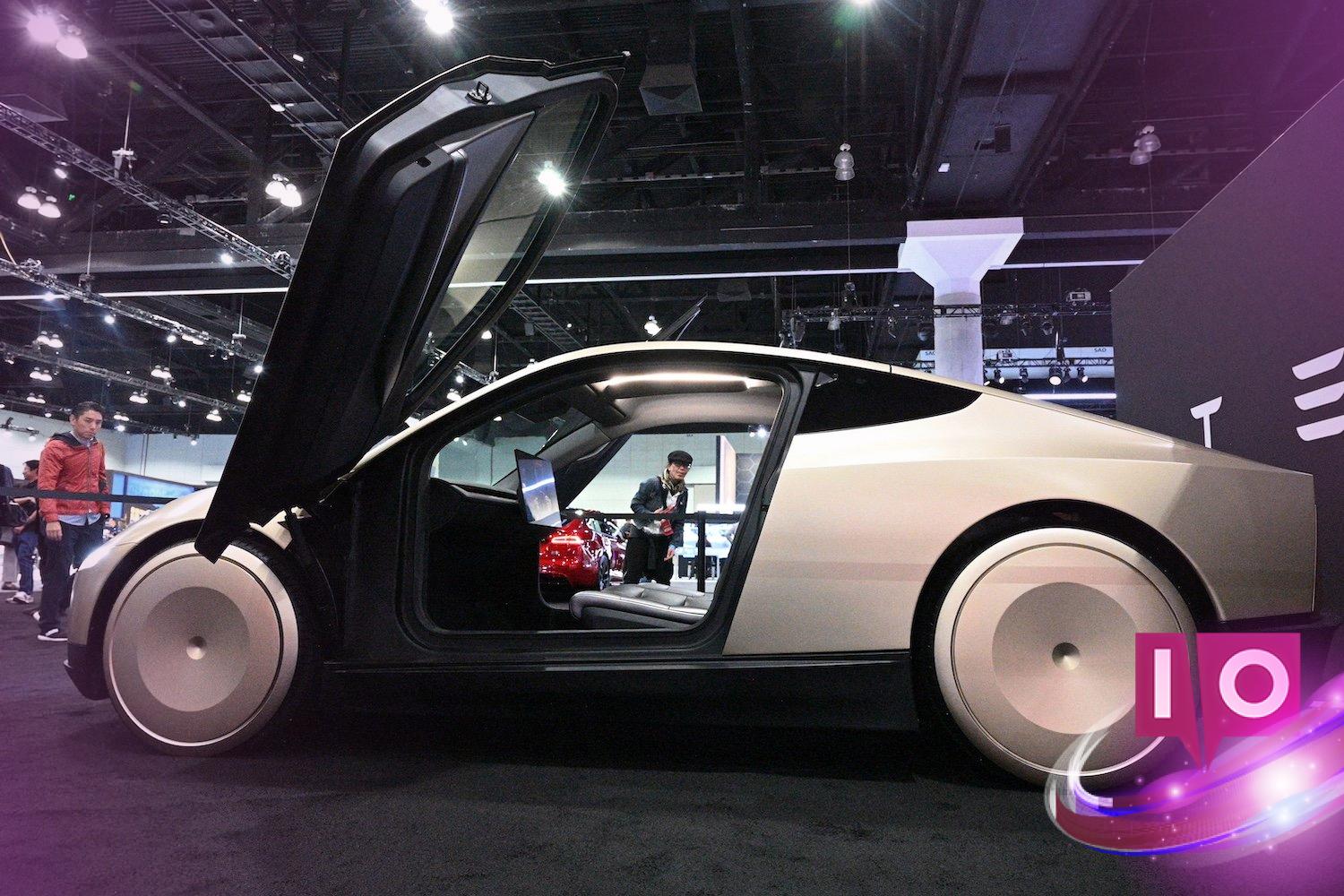Tesla’s latest move in New York City is generating significant buzz—and pushback. The electric automobile leader is forging ahead with its plans, hiring drivers for its autopilot program without having secured the necessary permits for autonomous vehicle (AV) testing within the city.
Having faced years of scrutiny from regulatory bodies and ongoing legal challenges, this new initiative appears to be yet another instance of Tesla choosing to “ask for forgiveness rather than permission.” This approach raises vital questions about the company’s intentions and the regulations surrounding emerging technologies.
What is Tesla planning in NYC?
Recent job postings reveal that Tesla is keen on accelerating its self-driving technology development. They are actively recruiting drivers in Queens to operate vehicles fitted with “automated driving systems.” However, the New York Department of Transportation (DOT) has confirmed that Tesla has not applied for permits necessary for AV testing in the city.
The roles outlined in Tesla’s listings involve extensive driving of specially modified vehicles aimed at gathering audio and video data to refine their self-driving software. However, the absence of required permits means Tesla cannot operate robotaxis on public streets yet.
The DOT has emphasized that any company conducting AV testing in the city must have a “trained safety driver behind the wheel at all times,” ready to take control if needed. As a result, while Tesla’s job listings infer that field testing might be underway, the company remains in the preliminary phase due to the lack of official clearance. In contrast, Alphabet’s Waymo, a rival in robotaxi technology, is already waiting for permit approval.
How extensive are Tesla’s autonomous driving ambitions?
New York is just one battleground in Tesla’s broader strategy, as they have also been hiring test drivers in Dallas, Houston, Tampa, Orlando, Miami, and Palo Alto. Each of these locations corresponds to areas with Tesla’s engineering centers, highlighting an ongoing effort for data collection related to their “Full Self-Driving” (FSD) system, which the company promotes as “FSD Unsupervised” in the U.S.
The autonomous testing operations take place amid a patchwork of local regulations, some of which are stricter than others. This variances in regulations have raised concerns among consumers and market observers, especially as Tesla seems to be ramping up its quest for fully-autonomous vehicle deployment.
In Texas, Tesla recently received approval to operate a robotaxi fleet without a human safety driver—a significant marker in its roadmap for autonomous ride-hailing services. Since June, Tesla has commenced limited operations with employees occupying passenger seats as a precaution. CEO Elon Musk has hinted that this service might soon be available to the general public.
What obstacles has Tesla faced with its autopilot technology?
Tesla’s journey toward autonomous driving hasn’t been without hurdles. The company is currently under investigation for crashes linked to its Autopilot and FSD systems. California regulators have expressed concerns about potentially misleading advertisements regarding the capabilities of Tesla’s self-driving features. Tesla, however, firmly disputes these allegations.
The scrutiny extends to the effectiveness of Tesla’s systems, especially surrounding driver engagement. The National Highway Traffic Safety Administration (NHTSA) has flagged serious concerns about Autopilot’s ability to ensure drivers remain attentive. This scrutiny included the recall of around 2.3 million vehicles, stemming from apprehensions that the system fails to recognize when drivers are distracted.
Furthermore, ongoing federal examinations by agencies such as the Department of Justice and the SEC have raised regulatory alarms surrounding Tesla’s self-driving claims and safety standards.
How is Tesla adapting to changing market conditions?
While Tesla strives to roll out fully autonomous vehicles, its core EV sales face challenges, particularly in Europe, where sales have declined this year. Some shareholders and consumers have expressed dissatisfaction with Musk’s political remarks, combined with a focus on high-profile projects like the Cybertruck, which some analysts believe have cost the company considerable resources.
Despite these obstacles, Tesla has been aggressively pursuing a fully autonomous vehicle trajectory, reflecting a potential new revenue stream amid existing sales challenges. Their continued recruitment efforts across multiple markets suggest active data collection aimed at enhancing their self-driving capabilities.
But will these initiatives yield publicly available fully autonomous robotaxis? The future remains uncertain as regulatory complexities and safety dilemmas continue to shadow Tesla’s path forward.
Are people concerned about Tesla’s self-driving vehicles operating without permits in NYC? Tesla has hired drivers for testing without the necessary permits, raising regulatory questions.
How is Tesla addressing safety concerns with its Autopilot system? Tesla argues their Autopilot is designed as driver assistance, seeking to ensure drivers maintain attention, even while facing scrutiny from regulators.
When can we expect widespread availability of Tesla’s robotaxis? Operational timeframes for autonomous vehicles remain vague, with recent efforts signaling progress but entangled in regulatory hurdles.
Our Take: Tesla’s strategy of “ask for forgiveness, not permission” was effective while it was a small player in the market. As a key automotive player with substantial regulatory scrutiny, the real question now is whether Tesla will adapt and adhere to similar standards as its industry counterparts.
For more insights into Tesla and the future of autonomous driving, keep exploring related content on Moyens I/O.
